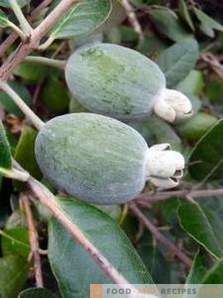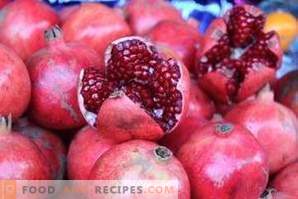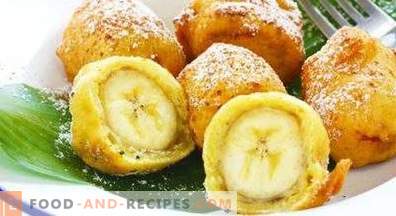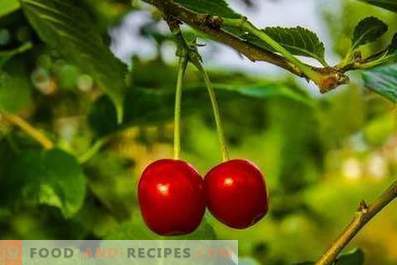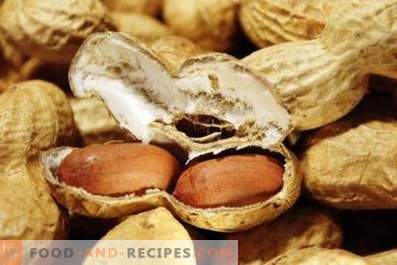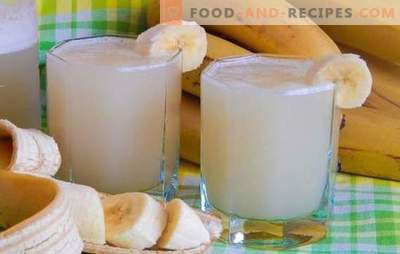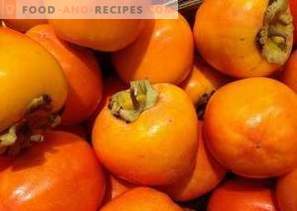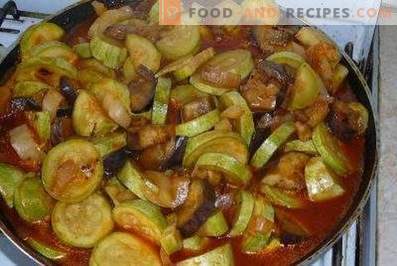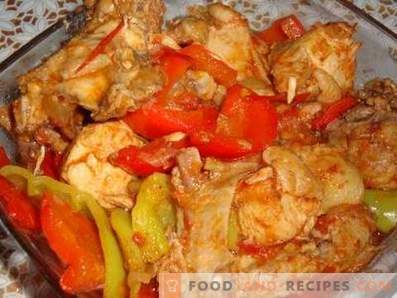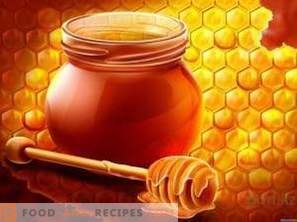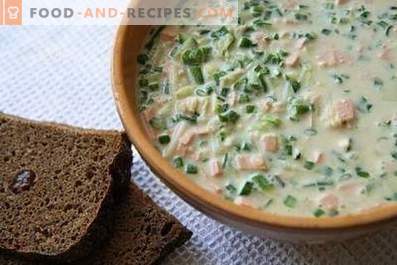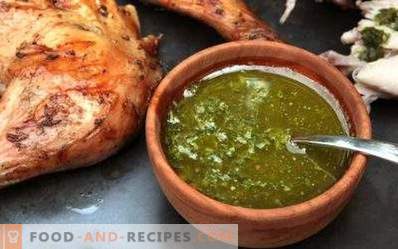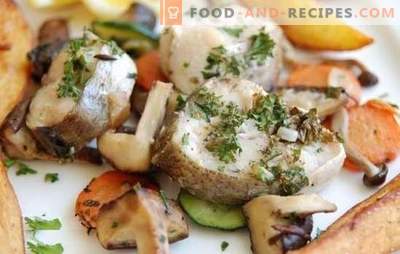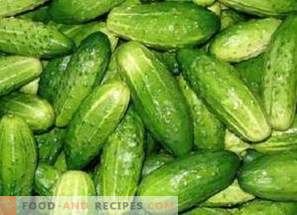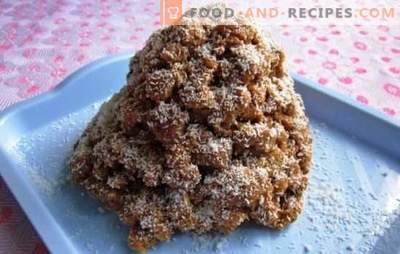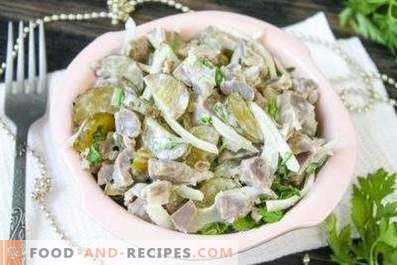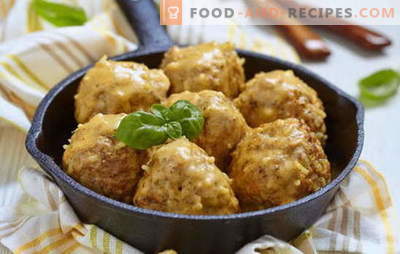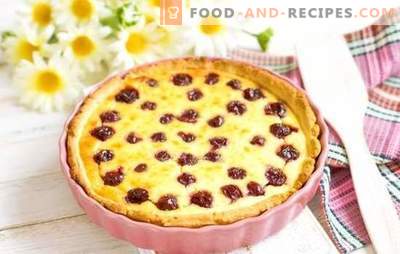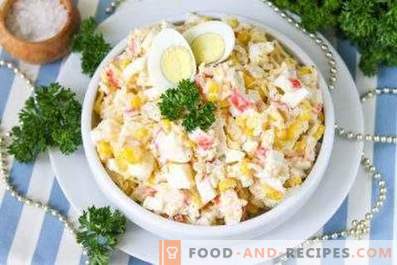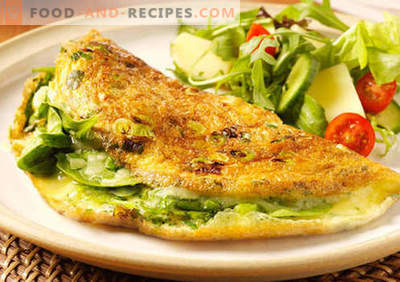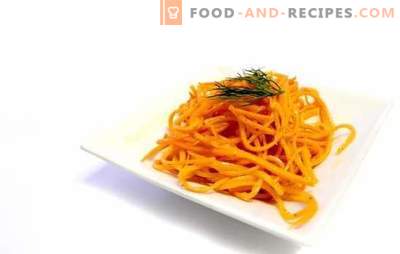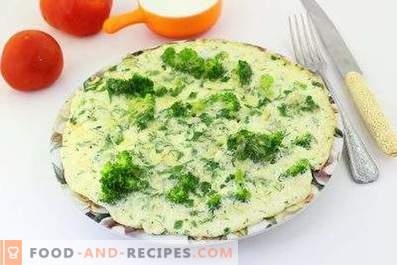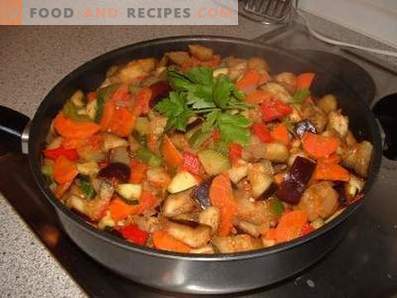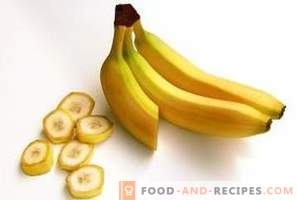
A banana is a herb of the Banana family, which has been living and bearing fruit for several years. The most noticeable variety of representatives of this family can be found in the southeastern territory of Asia, for example, in the Malay Archipelago. Edible and world famous fruit plants are also called bananas. A popular variety of banana, which cannot be found in the wild-growing state, is the banana of paradise. This sterile triploid cultigen (exists only in an artificially grown form) takes up a significant share of exports from tropical countries. Many states are literally “banana republics” and live off the income from sales of this fruit. In some regions, the banana is only slightly behind wheat, corn, and rice in importance of the edible crop. According to the numerical information of statistics for 2012, it was concluded that the plant ranks twelfth of all the crops grown on the planet. Each year, producers receive more than 100 million tons of the crop of this fruit. In total, the genus described includes about seven dozen species growing on the southeast Asian plantations and on the coast of the Pacific Islands. The most patient with temperature conditions and growing in colder regions is the Japanese banana. It first appeared on the Japanese islands of the Ryukyu and is currently cultivated as an ornamental plant on the Caucasian Black Sea coast, on the plains of the Crimea and Georgia.
The modern scientific name of a banana - Musa - was first voiced by German researcher Georg Rumph in the XVII century. The mentioned scientist was one of the founders of the natural science classification, which was further developed and designed by the Swedish physician and naturalist Karl Linnaeus. The term Musa remained under Linne the official name of the plant. Both versions, explaining the appearance of the name, are not related to the creative activity and the muse. One concept says that the name was given by Anthony Muse, healer at the court of the Roman emperor Octavian Augustus. Another version says that the Arabic word “muz”, denoting this tree and its fruits, migrated to other languages. Now the term “banana” sounds very similar to all European dialects. Its origin is usually associated with the words of the peoples of West Africa: banana, bana. Sailors from Portugal and Spain studied these regions at the end of the 16th century and could borrow the local name for an exotic fruit. Sometimes you can hear the term “banana palm”, but from a botanical point of view it is incorrect, because the tree does not belong to the Palm family. The “banana tree” can be considered a more correct variant, however, this phrase officially denotes species from the Azimin genus of the Annonov family. They only look a bit like bananas, while the devices of their internal systems are completely different. The root system of banana trees stands out as a large and powerful structure. If the soil is fertile and saturated with oxygen, then the roots grow up to 5 meters parallel to the surface of the earth and up to one and a half meters deep. The species belongs to herbaceous plants, and the banana stem is usually short and does not rise above the ground. From one to two dozen leaves form a kind of tree trunk. The plant can grow from 3 to 10 meters in height. There are cases when the banana tree was even higher, and this fact allows us to consider the banana, like bamboo, one of the highest herbs (because of the structure of the trunk and large growth, the banana is often called a tree, which does not match the structure of the plant). The banana species Musa itinerans is the highest among the rest (up to 13-14 meters), especially its variety Musa itinerans var. Gigantea (external feature is reflected in the name). The main stem becomes surrounded by lateral branches (shoots). Each of them can be the beginning of a new tree, if the old trunk will die. With the help of shoots is the reproduction of the banana.
Large soft banana leaves are smooth to the touch. In form, they are usually oval or elongated, and the veins are located in parallel directions. The leaves are arranged one after another in a spiral. At the base, they form the so-called “false stem” of folded leaf parts. Inside such a “tubule” new leaves are formed, and the old ones eventually die off and fall away from the outside. Under favorable conditions and clear weather, the fall of one leaf from a plant occurs about once a week. Wild bananas differ from cultivated forms in the size of leaves: on plantations, the width of plant leaves reaches 65 cm, and the length is up to 280 cm. The color varies from pure green to green with crimson spots on the top or bottom side. If the weather conditions become harsh (for example, a strong wind blows or tropical rain falls), the banana leaves immediately break in the direction of the veins and thus preserve the plant itself. Before a direct flowering of a banana on a short stem, an elongated peduncle appears, penetrating the false stem and following the leaves out. Already after 7-10 months of active development of a banana flowering begins. The inflorescence is a brush and looks like a long purple or green bud. The largest flowers are female. They are located at the base of the “bud”, slightly brute flowers of medium size grow a little further, and only at the end of the inflorescence there remain small male flowers. Each tubular flower includes 3 petals, 3 sepals and 5-6 stamens. One stamen in the flower is underdeveloped, that is, it has no anther. 3 carpels form a three-chamber ovary. The tiers that determine the location of the flower are called “hands”. In the flower of a banana insects are up to 500 g of nectar. All layers are collected in a brush containing 13-20 colors. Here they are located not in tiers, but in a flat line. To protect against extreme influences, the flower is covered with a special sheet that feels like wax to the touch. These “natural shields” are purple on the outside and are purple inside. The blooming male flowers die quickly, falling off. At the same time the top of the inflorescence opens. The flowering of wild bananas occurs at night or early in the morning. Bats help the pollination of flowers in the dark, and in the cold post-clock hours birds and small mammals appear for this purpose.
The formation of banana fruits is possible only from the flowers of the female (bisexual in this plant does not give fruit). Over time, the rows of fruits grow over each other, taking the shape of a human hand. A single fruit is a multi-seeded berry with a thick leathery shell. Different varieties of fruits differ in size, shape and color of the fruit. The most familiar form is a cylindrical or triangular fruit, slightly rounded or straightened. Different bananas are from 3 to 45 cm in length, and the thickness can be from 2 to 8 cm. The rind of the fruit takes on many colors of the spectrum: yellow, red, green, yellow-green, silver. Inside the thick skin is the soft flesh of cream, yellow, orange or white. In unripe fruits, the flesh is hard and sticky, and when ripe it becomes softened and juicy. Banana plants in home plants often do not have seeds, and reproduction in this case is possible only in a vegetative way. In the wild fruit in the pulp is a lot of round or elongated seeds. These solid bones reach a length of 3 to 17 mm. Up to two hundred seeds can be placed in one wild-growing banana, and their mass can be more than the given value for pulp. Banana grass can withstand severe loads: more than three hundred fruits with a total weight of 60-65 kg can be on one axis. To this unique ability is added another natural phenomenon called negative geotropism. The essence of the phenomenon is that at the beginning of the formation of the fruits they are directed down because of their weight. But in the process of growth due to hormonal influence several axes of the plant begin to grow upwards. After the final ripening of fruits, the ground part of the banana plant dies off.
The natural habitat of bananas are tropical and subtropical zones of the Asian and Australian continents, as well as New Guinea, Malaysia, and the archipelagoes of the Pacific Ocean. The historical homeland of the species is India and the Indochinese peninsula. Currently, many Latin American countries cultivate many varieties of bananas and actively export them to the world market.
Food and vitamin value of bananas
The fruit is very popular in Russia and has almost ceased to be considered exotic. Its pulp contains a large amount of fiber and digestive fibers. This property is often used if you need to adjust the digestion. Also, fruits contain glucose, sucrose and fructose - the three main natural sugars.
Nutritional value of 100 g of bananas:
- 1, 52 g of proteins;
- 0, 53 g of fat;
- 21, 04 g of carbohydrates;
- 1, 73 g of dietary fiber;
- 0, 41 g of organic acids;
- 73, 84 g of water;
- 0, 22 g of unsaturated fatty acids;
- 0, 22 g of saturated fatty acids;
- 19, 02 g of monosaccharides and disaccharides;
- 2, 31 g of starch;
- 0, 92 g of ash.
Researchers found that banana pulp is rich in vitamins A, C (more than 15% per 100 g of product), as well as useful components of group B. In this regard, the product is considered a necessary part of the diet of people with weakened immunity.
Vitamins per 100 g of bananas:
- 0, 13 mg beta-carotene (vitamin A provitamin);
- 20, 2 μg of retinol equivalent (A);
- 10, 14 mg of ascorbic acid (C);
- 0, 042 mg of thiamine (B1);
- 0.052 mg of riboflavin (B2);
- 0, 32 mg of pantothenic acid (B5);
- 0, 43 mg pyridoxine (B6);
- 10, 3 μg of folic acid (B9);
- 0, 62 mg of vitamin PP;
- 0, 93 mg of niacin equivalent (PP);
- 0, 47 mg of tocopherol (E);
- 0, 49 micrograms of phylloquinone (K);
- 9, 82 mg of choline.
Banana calories
Banana is considered one of the sufficiently high-calorie fruits. It is known, for example, that in city zoos, primates do not give bananas, because monkeys will not be able to waste their calories because of a sedentary lifestyle. However, it is not difficult to find several popular diets with the use of this fruit. This is due to the fact that the banana pulp does not contain cholesterol (this indicator is very important for older people who can safely recommend bananas). Saturated fat content is also extremely low: less than 2% per 100 g of the product, which is a record for so useful pulp.
- Energy value of a banana: 96 kcal per 100 g of product.
- The caloric content of 1 medium-sized fruit (70 g) is 67, 2 kcal.
However, the minus of this fruit is a high concentration of sugars, which is the reason for the substantial caloric content.
Mineral elements in the composition of bananas
Of the useful macronutrients contained in bananas, potassium is unambiguously in the lead. The described fruit stands out among all such products precisely the indicators of this component. Potassium strengthens the heart and helps the work of blood vessels. Also, bananas are extremely appreciated for their iron, magnesium and phosphorus content.
Macroelements in 100 g of bananas:
- 8, 04 mg of calcium (Ca);
- 348,02 mg potassium (K);
- 42, 03 mg of magnesium (Mg);
- 28, 03 mg of phosphorus (P);
- 31, 02 mg of sodium (Na).
Trace elements in 100 g of bananas:
- 0, 61 mg of iron (Fe);
- 0, 154 mg of zinc (Zn);
- 16, 03 µg of copper (Cu);
- 0, 274 mg of manganese (Mn);
- 1, 21 μg of selenium (Se);
- 2, 23 μg of fluorine (F).
Useful properties of bananas
- In many regions, a banana is considered a staple food, like, for example, bread and potatoes for Russians. The fruit is quite able to replenish energy reserves in the body and provide it with the necessary components.
- Catecholamines in the composition of a banana relieve inflammation in the gastrointestinal tract and oral cavity. In general, the fruit has a beneficial effect on digestion and reduces acidity in the stomach. It soothes the internal tissues and mucous membranes.
- Fruits contain a lot of potassium and magnesium. Stocks of these essential elements at any age can be filled by eating a couple of bananas during the day. Thanks to these components, the work of the heart, liver, muscles, as well as the excellent condition of the teeth and bones will be maintained. Potassium is badly needed with high intellectual and physical stress; athletes especially appreciate bananas for their composition.
- Bananas provide an energy boost when you consume a small amount of the product. These high-energy fruits provide the body with the necessary amount of sugars, but the feeling of satiety is brought only after some time. Therefore, it is not recommended to get involved in the use of bananas, if there is a need to monitor their weight.
- Bananas are actively used for baby food (if the child is already over 3 years old). Of them make numerous mashed potatoes, mixtures, and also give in pure form. Bananas are easily absorbed by the body and provide the child with the most important chemical elements.
- Fruits help strengthen hair and bone tissue and help rejuvenate the skin. From the pulp of bananas make face masks. Beauticians are aware that acids in banana moisturize the face and make the skin more fresh and elastic.
- Bananas contain endorphin and serotonin, which are called “hormones of joy”. Sweet fruit effectively soothes nerves and uplifting.
- Fruits benefit blood formation processes, since they are very rich in iron. Due to this, the body renews cells and blood cells, menstrual pain is relieved, intelligence grows. Bananas promote the absorption of valuable food components and heal wounds.
Contraindications to the use of bananas
Bananas are beneficial to the body in many aspects, but it is worth refraining from using them in some cases:
- Children under 3 years old may be allergic to bananas. This is due to the fact that the digestive system in a young body can not cope with a large number of banana pulp.
- In case of diabetes, it is recommended to consult a doctor before eating a fruit with such high sugar content.
- For pregnant and lactating women, bananas can become a dangerous risk of hemolytic anemia, jaundice, and allergies.
- If you are overweight, you should not abuse such a high-calorie product. Bananas are not conducive to burning fat.
- Fruits are dangerous with increased blood clotting and thrombophlebitis.
- When eating bananas in combination with milk or shortly before bedtime, there is a risk of intestinal distention.
- Unripe green bananas contain insoluble starch, but not sugar, so their use can cause bloating, flatulence, and digestive disorders. You can wait some time until the bananas ripen.
